This is GWM’s answer to the popular BYD Shark 6 and the incoming Ford Ranger plug-in hybrid. It’s the Cannon Alpha PHEV, and we’ve been putting plenty of kays on the clock to test it out.
GWM’s made some big claims about this thing. It’s able to tow 3.5 tonnes, it’s got a range of more than 1000km, and it can actually tackle proper off-roading.
But is it really going to be the best plug-in ute in Australia? And why is there a spare wheel in the back?
-
Chinese 4WD muscles up for Oz: 2025 GWM Tank 300 petrol and hybrid can now tow 3000kg and bring the fight to the 2025 Ford Everest, Isuzu MU-X and Toyota Prado
-
GMW Cannon Alpha 2024 review: Lux Diesel - off-road test
-
Is brand loyalty a thing of the past in the Australian new vehicle market? Why the new wave of challenger brands like MG, BYD and GWM will detach an increasing number of buyers from their long-term favourites | Opinion
GWM Cannon Alpha 2025: Ultra Phev (4X4)
| Engine Type | Turbo 4, 2.0L |
|---|---|
| Fuel Type | Premium Unleaded/Electric |
| Fuel Efficiency | 1.7L/100km (combined) |
| Seating | 5 |
| Price From | $66,990 |
| Safety Rating |
|
Price and features – Does it represent good value for the price? What features does it come with?
8 / 10
The Cannon Alpha plug-in comes in two grades, both pretty highly-equipped for a dual-cab.
The entry variant is the Lux, which starts at $59,990 before on-roads, but for $7K more you can get the Ultra.
Even in the Lux you get features like electrically adjustable synthetic leather seats and a big 14.6-inch multimedia touchscreen. Then there are the standard things you’d expect like wireless Android Auto and Apple CarPlay, dual-zone climate control, LED headlights, daytime running lights and tail-lights, plus the 4X4 functions it needs for off-roading.

But we’ve got the ultra.
That means we get heated and vented leather seats front and back, a big panoramic sunroof, wireless charging at the front and rear, a 10-speaker sound system, a head-up display, a split tailgate and importantly, red brake callipers.
Design – Is there anything interesting about its design?
7 / 10
The Cannon Alpha does a pretty convincing job when it comes to looking like a tough ute.
It’s got a snout-forward look that reminds me a little of past Ram 1500s, and its squared-off, broad-shouldered stance works for the market it’s trying to reach in my view.
The PHEV also gets black trim in both variants to differentiate it from the chrome on other versions, it’s especially noticeable on the front grille and surrounds.
And if you expected a Chinese ute to look cheap on the inside, you may need to reconsider that assumption.
Inside, as one guy told me while getting fuel on my way through a town in rural NSW, "it looks like a bloody Mercedes in there".
Now that might be a little much in truth, but the interior of the Cannon Alpha genuinely has the edge over some established rivals.
Soft-touch surfaces, a combination of design- and purpose-focused materials and, as I’ll get to, a thoughtful layout.
You even get a little analog clock, Lexus styles. Good to watch the arms go ‘round.

Practicality – How practical is its space and tech inside?
7 / 10
Okay, the thoughtful layout I mentioned - what I mean is there are buttons, basically. Despite the big central screen, the dependence on it is pretty limited.
When you’re not making the most of your wireless phone mirroring, the menus are pretty straightforward, but even then there are ways to shortcut to important functions with physical buttons.
You can hit the battery mode button to bring up its hybrid settings, or changing the climate using the panel brings up the main HVAC screen.
The driver display is similarly easy to work out, and it’s nice and clear with its information - that and there’s a head-up display with the speed clearly visible.

There’s a traditional gear shift, great for a proper ute, the rest of the buttons for diff locks, 4x4 and drive modes are nice and big, and there are stalks for indicators and lights, wipers and cruise control.
The biggest downside for me is that the cupholders are basically buried down in the central storage rather than being easily reachable.
The seats themselves, while easy to find a suitable position in, could do with a little more under-thigh support and better lumbar adjustment, but are overall pretty good.
And then there’s the second row.
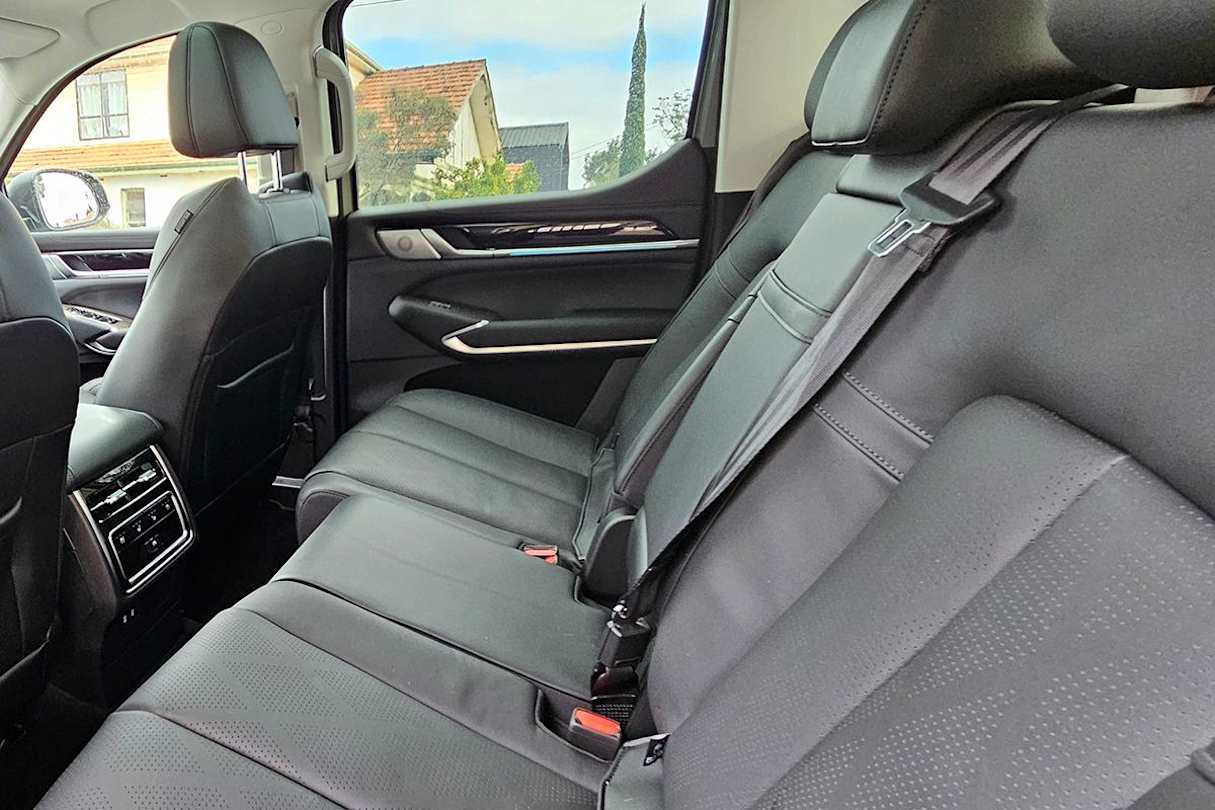
The seats are electrically adjustable and honestly pretty comfy for a dual-cab. The space and amenities are also above par. There’s a wireless phone charger and the cupholder pops out so it’s not in the way when being used.
For a dual-cab, the back seats are plush.
Behind the second row is the ute’s tub, which also houses the spare wheel. Story time.
GWM wanted the Cannon Alpha PHEV to have an electric driving range they considered properly usable, and for the battery to be big enough to do so, it started to eat into the space under the tray or tub where the spare tyre would normally sit.
In China, the ute just comes with a tyre repair kit, but GWM Australia, to their credit, said a ute needed a proper spare. Good on ‘em.
Unfortunately, the places to keep it were limited - a bar across the back would be quite a bit of work to implement after the cars were shipped, so the tyre is bolted into the side of the tub.
The logic, GWM says, is that you can take it out if you’re just around town and you need the space, but realistically it seems a bit of an annoyance.
Regardless, a proper load test is coming to CarsGuide soon, but GWM reckons the 685kg payload is enough. It’s well short of the standard and even other PHEV rivals, but GWM says the payload figure isn’t a work in progress.
Under the bonnet – What are the key stats for its engine and transmission?
8 / 10
A 2.0-litre turbo-petrol four cylinder engine is joined by an electric motor to drive all four wheels via a nine-speed auto.
Total outputs? 300kW and 750Nm.
Impressive when you think about it, but these figures rely on power being readily available from the battery, so a long towing run might not get the full benefit or efficiency after a while.
Efficiency – What is its fuel consumption? What is its driving range?
8 / 10
Speaking of fuel efficiency, GWM says the combined fuel consumption of the Cannon Alpha PHEV is 1.7L/100km. But we all know plug-ins get away with some fairytale numbers on paper.
Fortunately, GWM provides a ‘low charge’ figure of 7.9L, which basically means this is what the ute should be drinking without running on mostly EV power.
But, while I’ve had the Cannon, I drove from Melbourne to Orange in NSW to visit family and say happy 90th to my grandma - shoutout Helen Thompson.
Overall, 1483km saw the Cannon return an 11.5L/100km figure tested at the pump, but the trip computer would average about 8.5L over 100km with the battery being used, or as much as 14.5L while charging the battery.
GWM’s total range claim of more than 1000km seems optimistic, but careful driving, a full 75L tank of at least 91RON and a fully charged battery should see you reach as much as 750km.
Driving – What's it like to drive?
7 / 10
GWM wanted the Cannon Alpha to be a ute that happened to be a plug-in, rather than a plug-in that was also a ute.
And to their credit, it does drive like a ute.
It feels its weight from behind the wheel, it doesn’t encourage particularly vigorous driving, and there’s not a whole lotta sharp feedback through the steering.
But despite that, it’s not bad.

It can be a little shaky over particularly rough roads, but this is no loose cannon. *down barrel*
It’s got multi-link rear suspension rather than the leaf-spring its non-hybrid siblings do, a change dictated by the battery packaging.
Is it perfect? Certainly not, but for a ute of its size and weight, the Cannon hasn’t shown itself to be dynamically unwieldy to me.
Plus, with 300kW and 750Nm on tap, it’s rather eager in a straight line. I haven’t found overtaking in a ute this easy since the HSV Maloo.
While in my custody, the Cannon hasn’t seen any towing or rough trails or, really, hard work aside from racking up mileage.
We’ve got another specific test coming just for that, but I can say that the Cannon feels confident on loose surfaces at decent speeds. Stay tuned for the rest.

Warranty & Safety Rating
Safety – What safety equipment is fitted? What is its safety rating?
8 / 10
The Cannon Alpha was tested in 2024 by ANCAP and has a five-star rating.
It comes with an extensive suite of features including AEB, lane-keep assist, driver monitoring, traffic sign recognition and sensors all round.
There’s important stuff like front and rear cross-traffic alert and braking, a door-opening warning, and cyclist detection for its AEB.
It’s also got seven airbags, and two ISOFIX points with tethers at the rear.

When it comes to how the safety operates in the real world, it feels pretty well tuned to work in the background.
The main things you might notice day-to-day are the lane-keep assist occasionally being gently stubborn, or the driver alert telling you to take a break a little too keenly.
There’s also the rare overzealous collision warning, but I’ve come across that in plenty of cars at varying price-points from even more established manufacturers.
Ownership – What warranty is offered? What are its service intervals? What are its running costs?
8 / 10
GWM offers a very competitive but not class-leading seven-year/unlimited-km warranty, seven years of roadside assist and seven years of capped-price servicing.
The high-voltage battery in the Cannon Alpha plug-in scores an extra year of unlimited-km warranty for a total of eight.

Verdict
CarsGuide still has some testing to do with the Cannon Alpha PHEV, but what I do know is that there are plenty of people getting around in dual-cabs as family cars.
This offers a pretty plush package in terms of interior and features, plus there’s the ability to go EV for short trips and the flexibility of GWM’s 3.5-tonne towing claim.
I’m not one for giving the thumbs up to big, heavy cars unless you really need them, but for anyone who might need to tow something on a family holiday and keep the ute as a runabout during the week, the Cannon Alpha PHEV is pretty well set to do both.
Now, we wait to see how it fares against the Ranger PHEV.
Pricing Guides







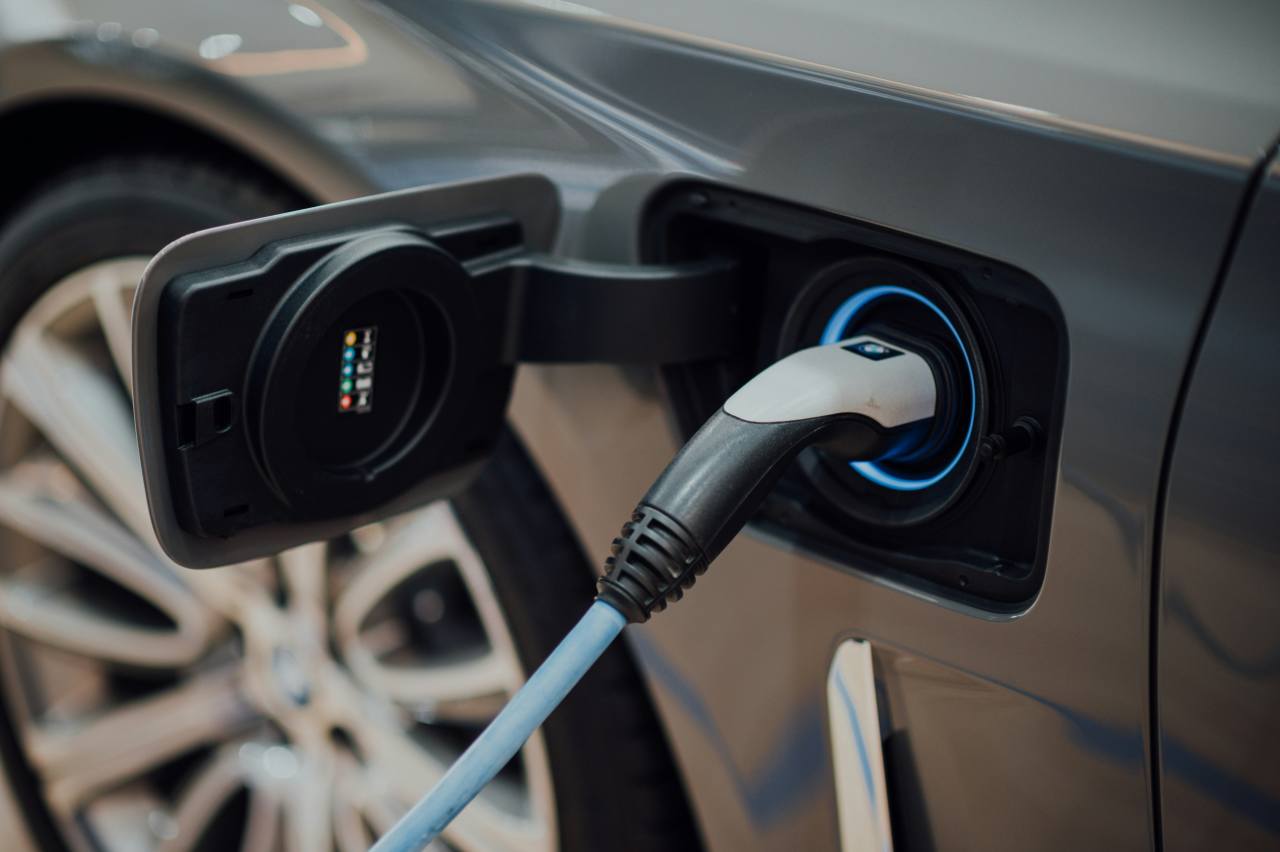
.jpg)
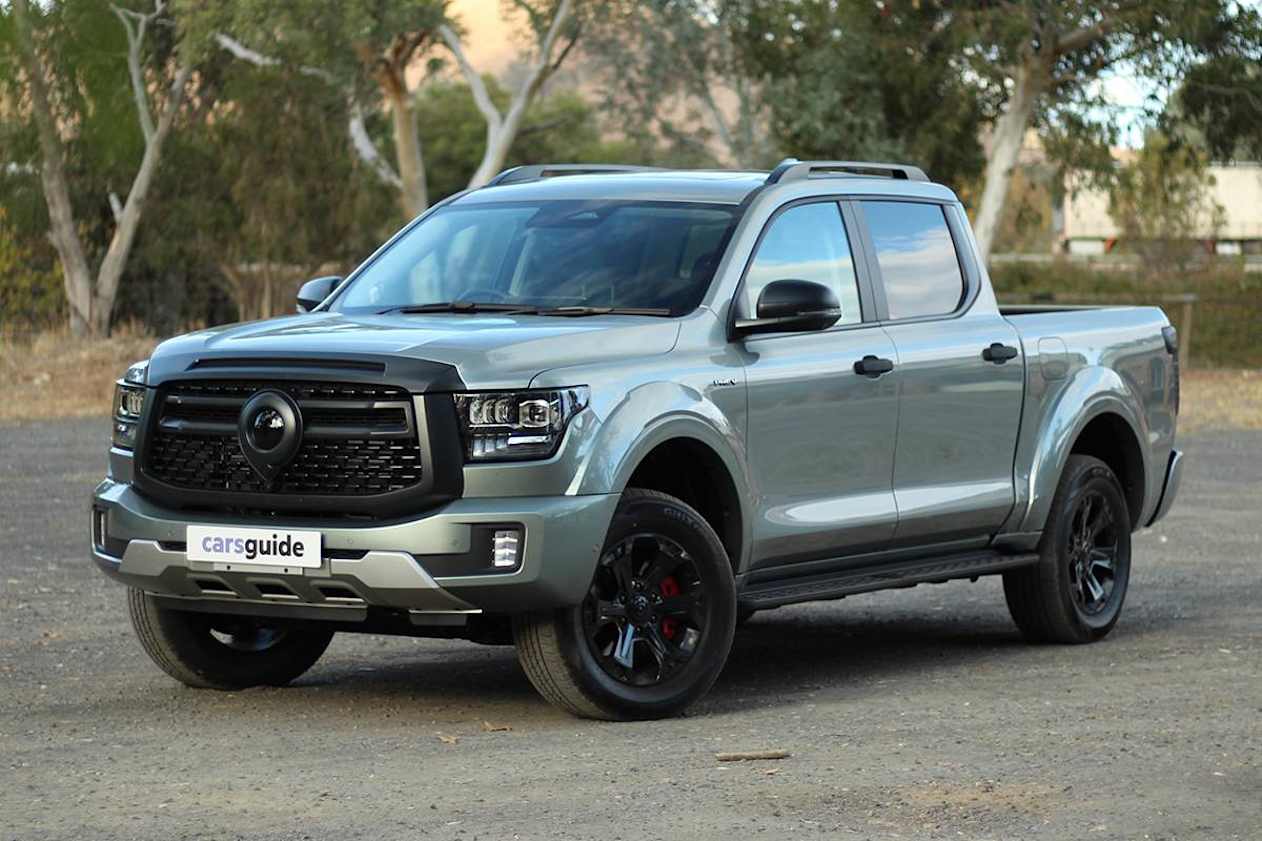
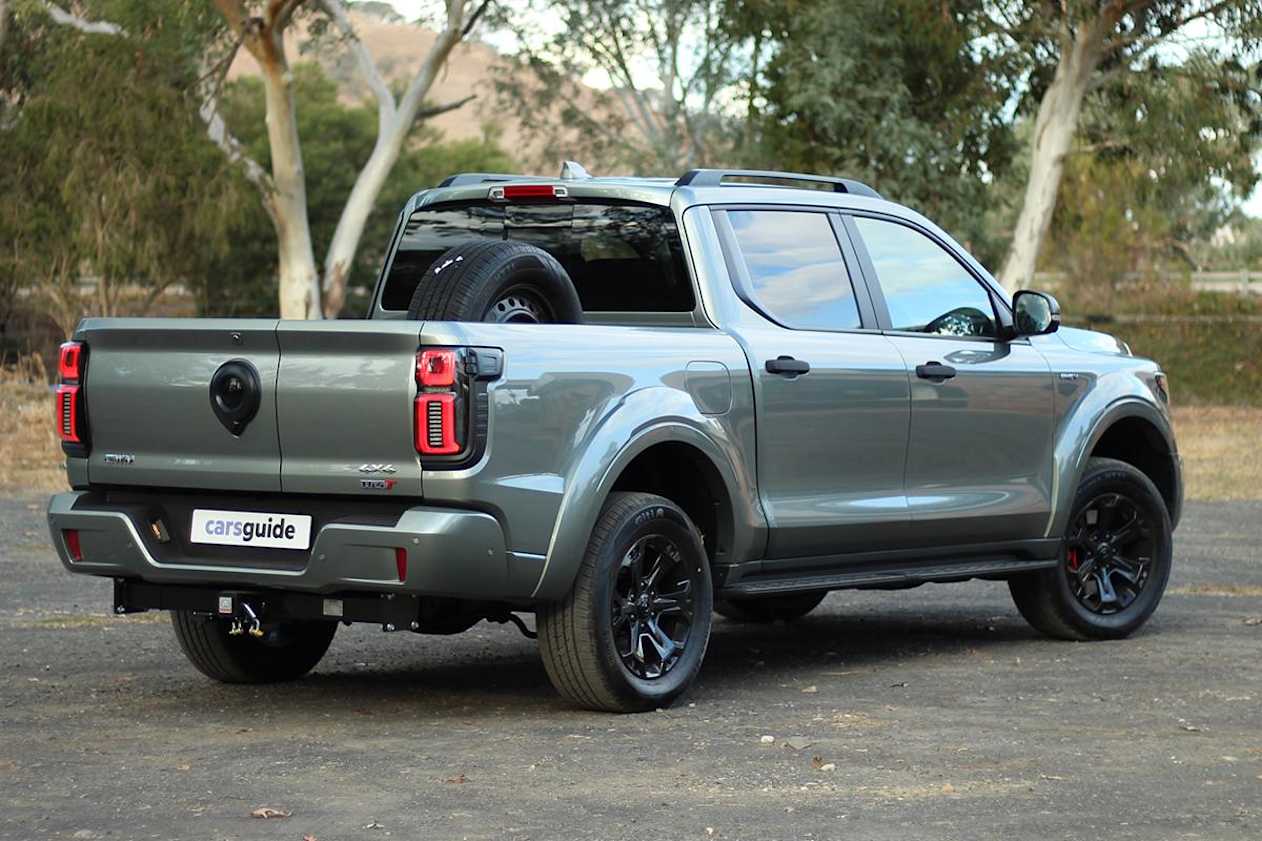



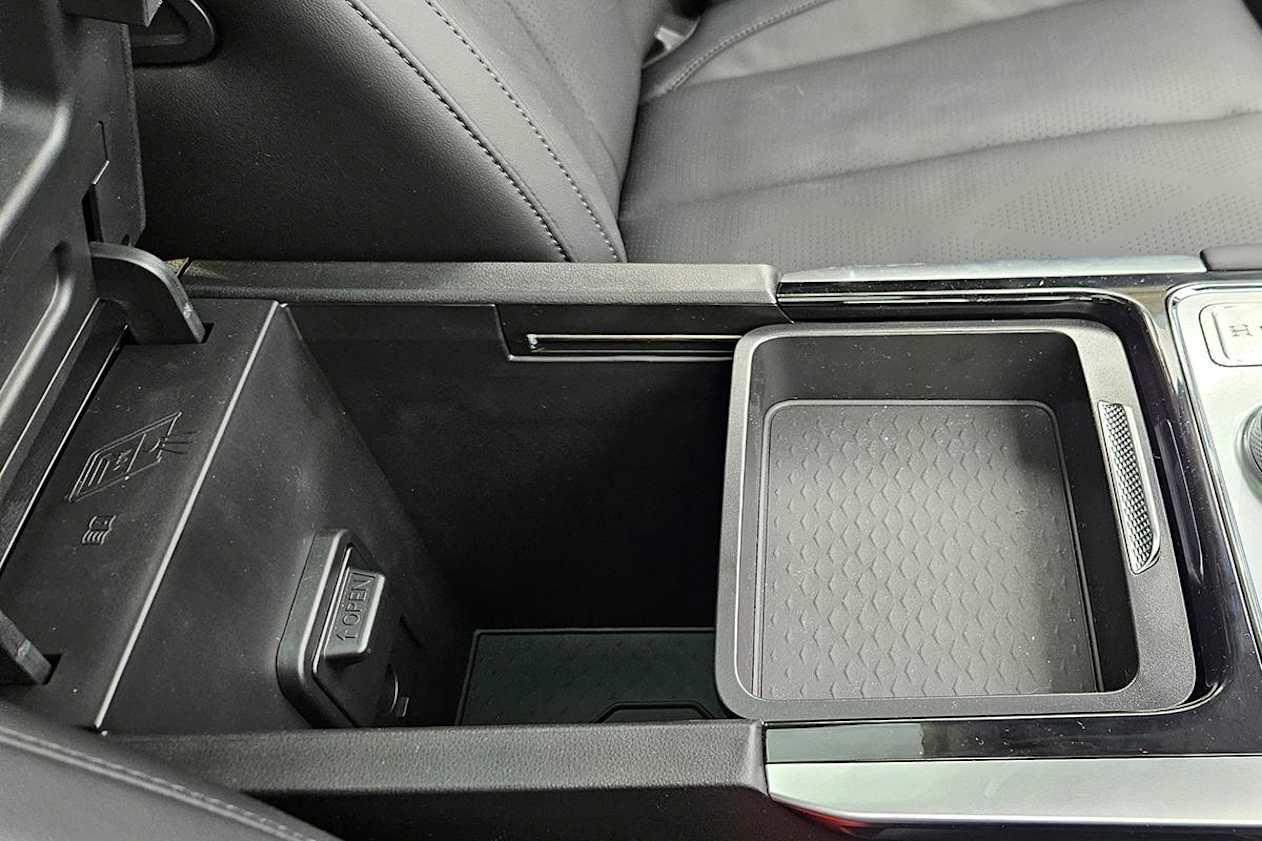
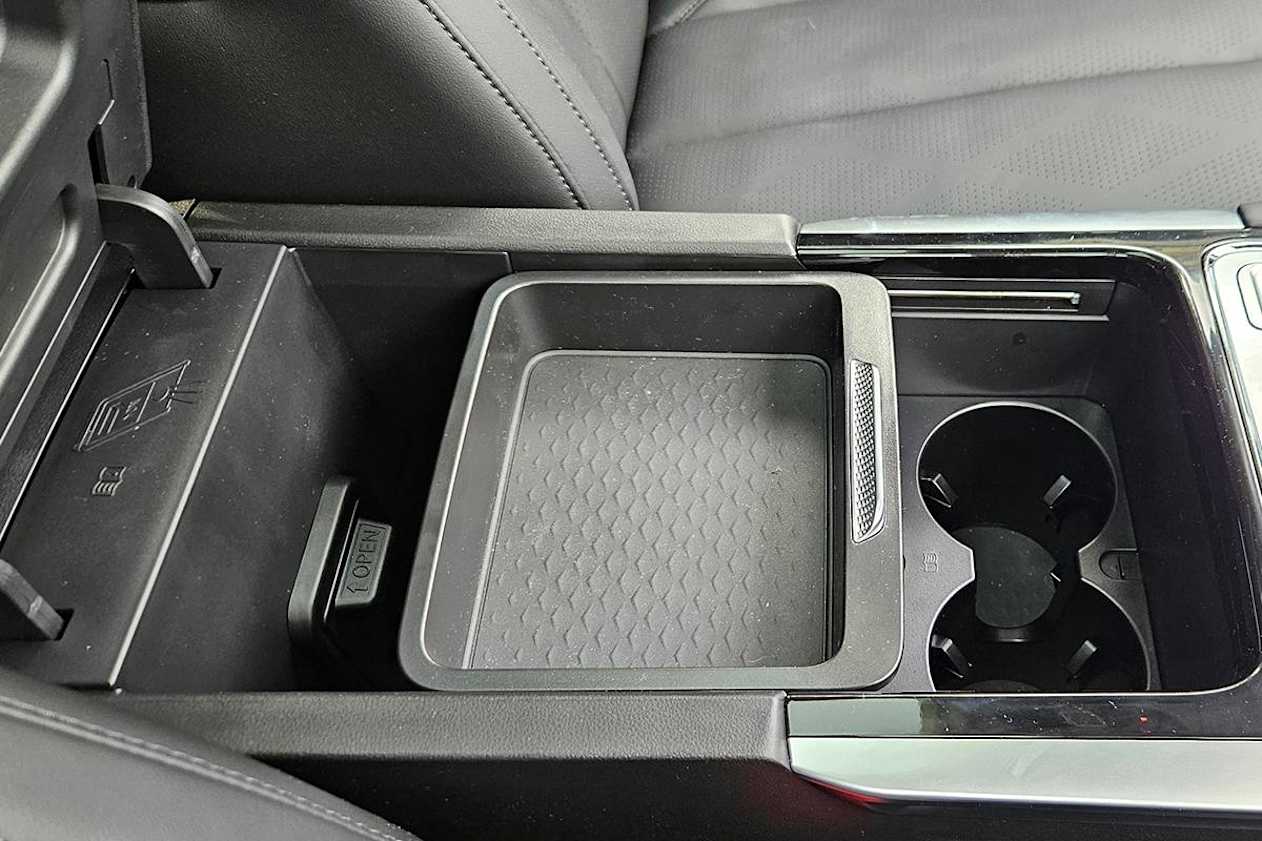
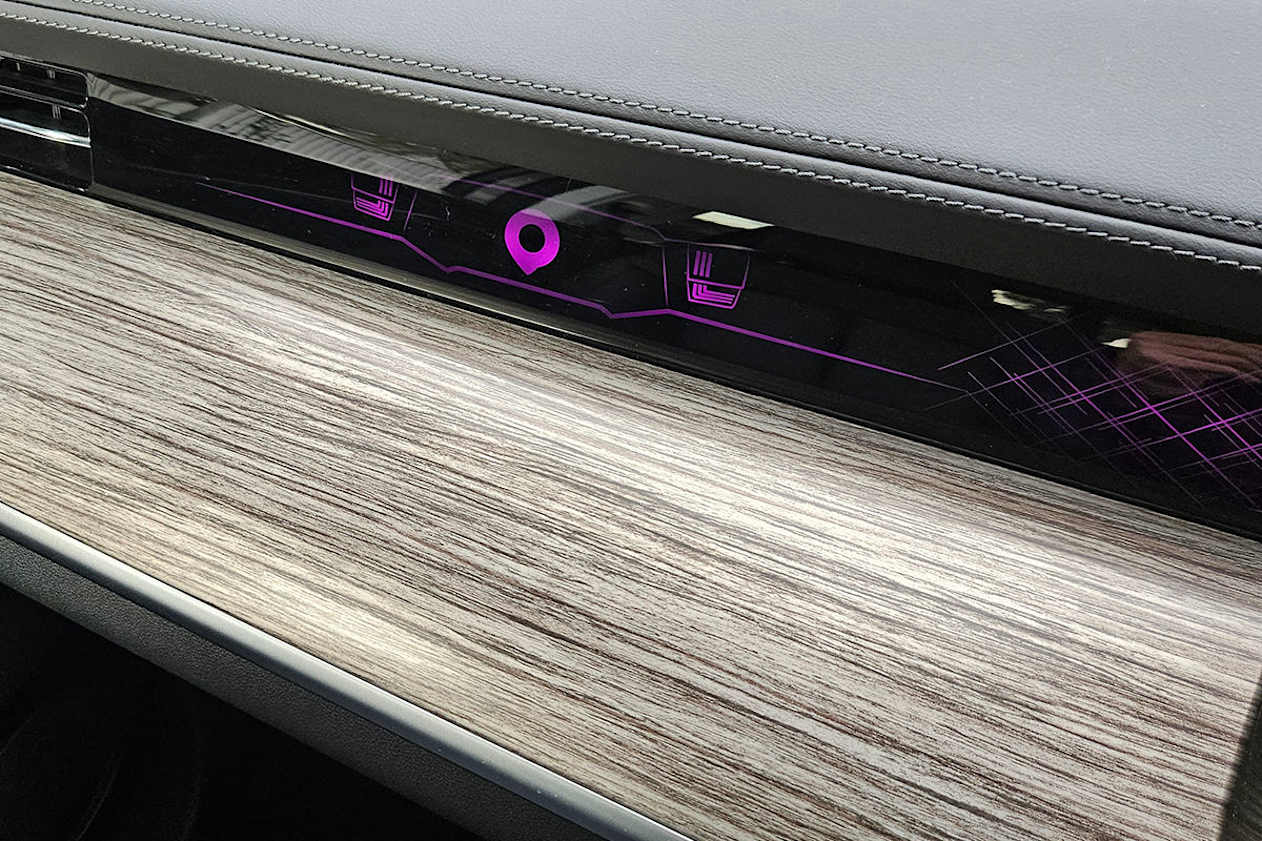
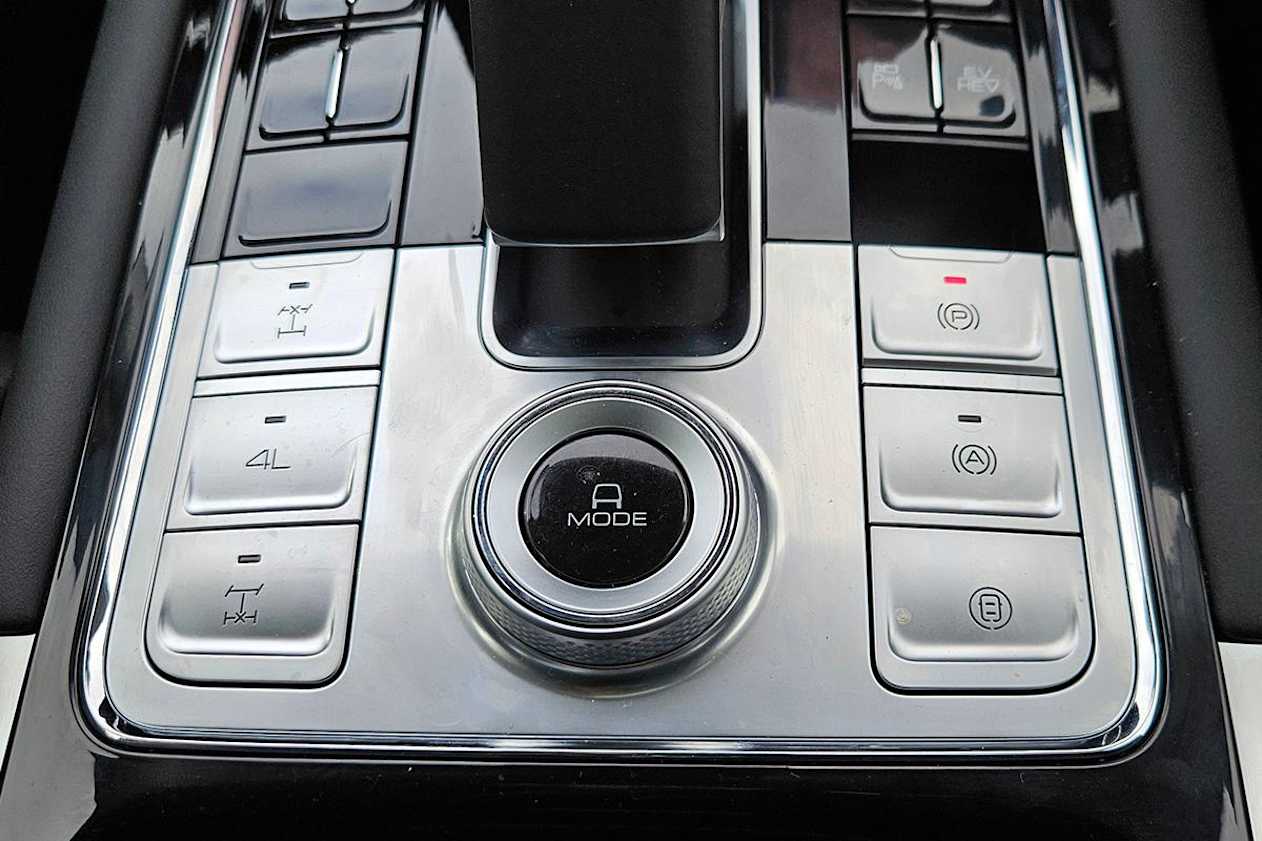
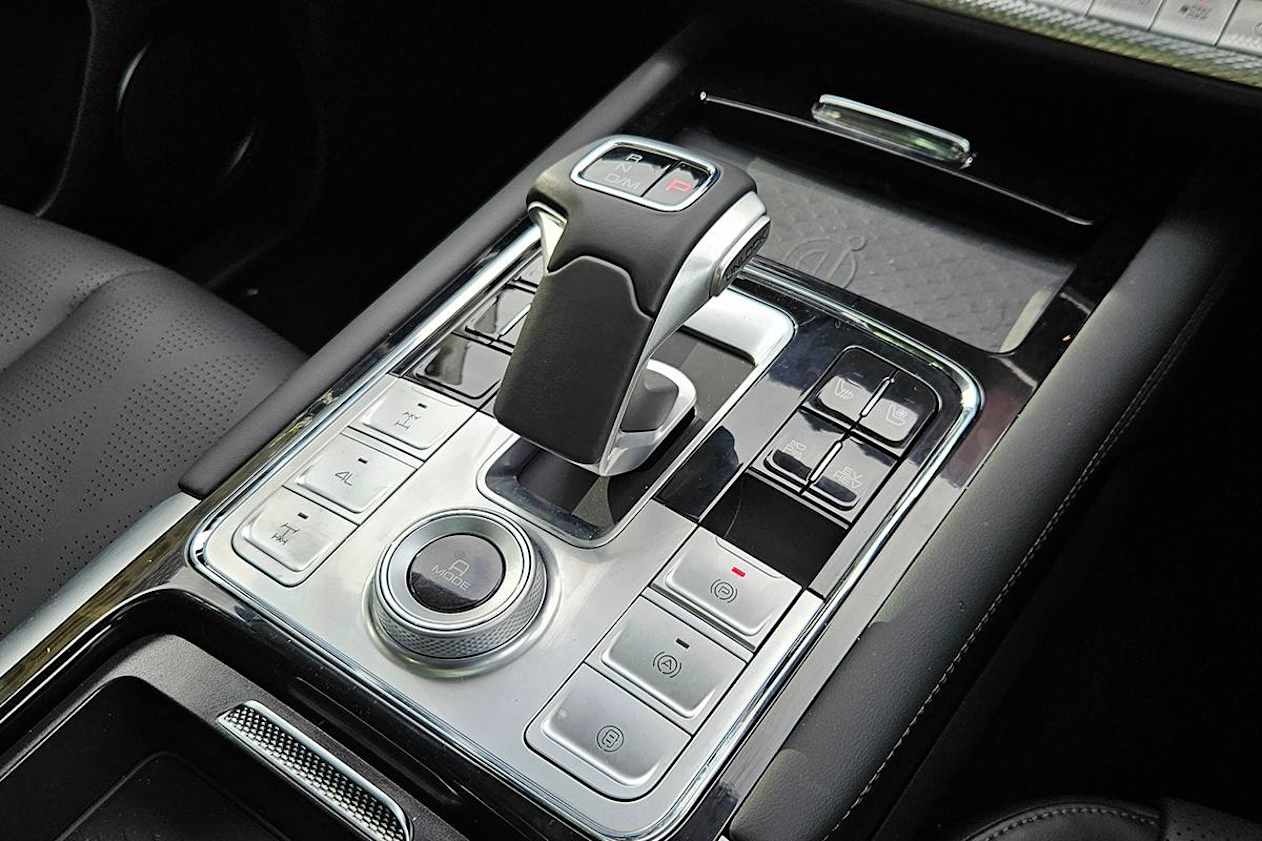






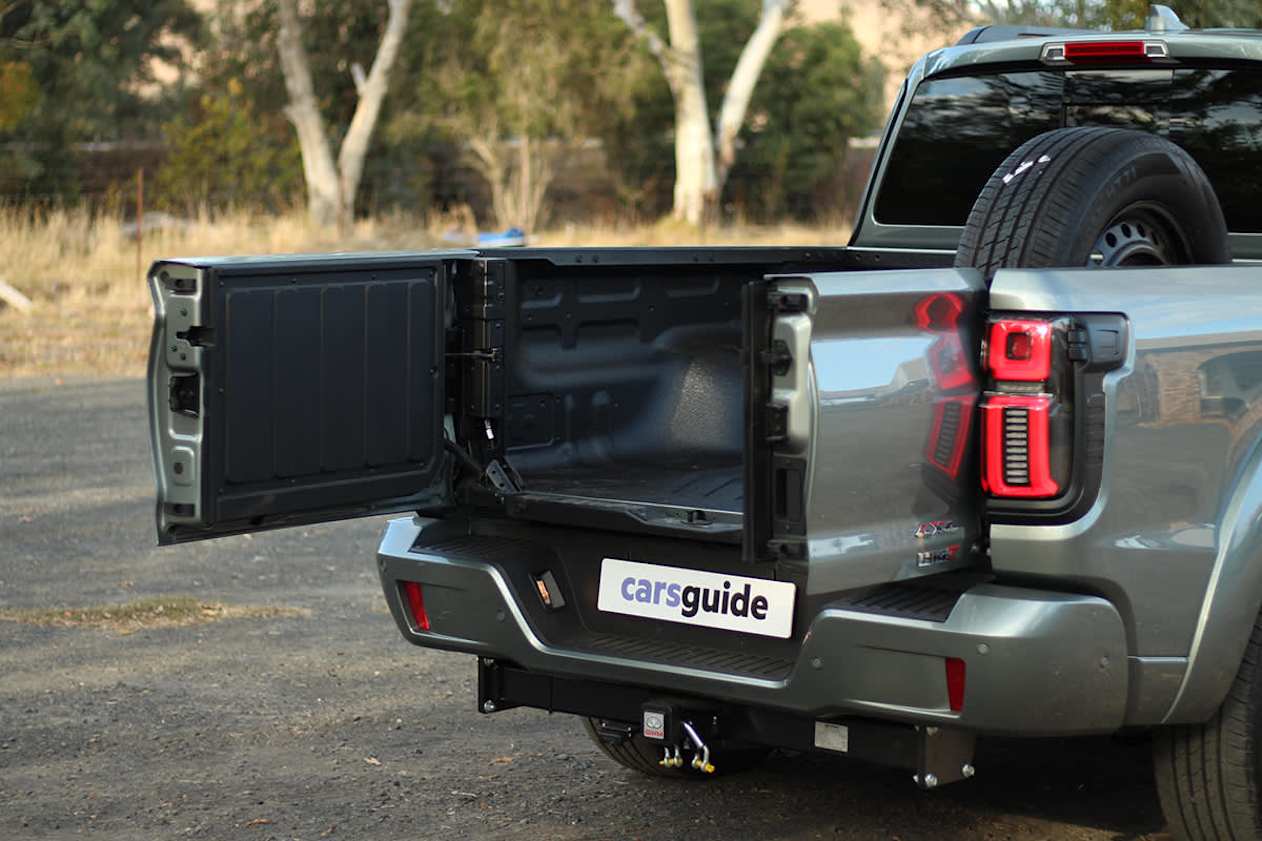
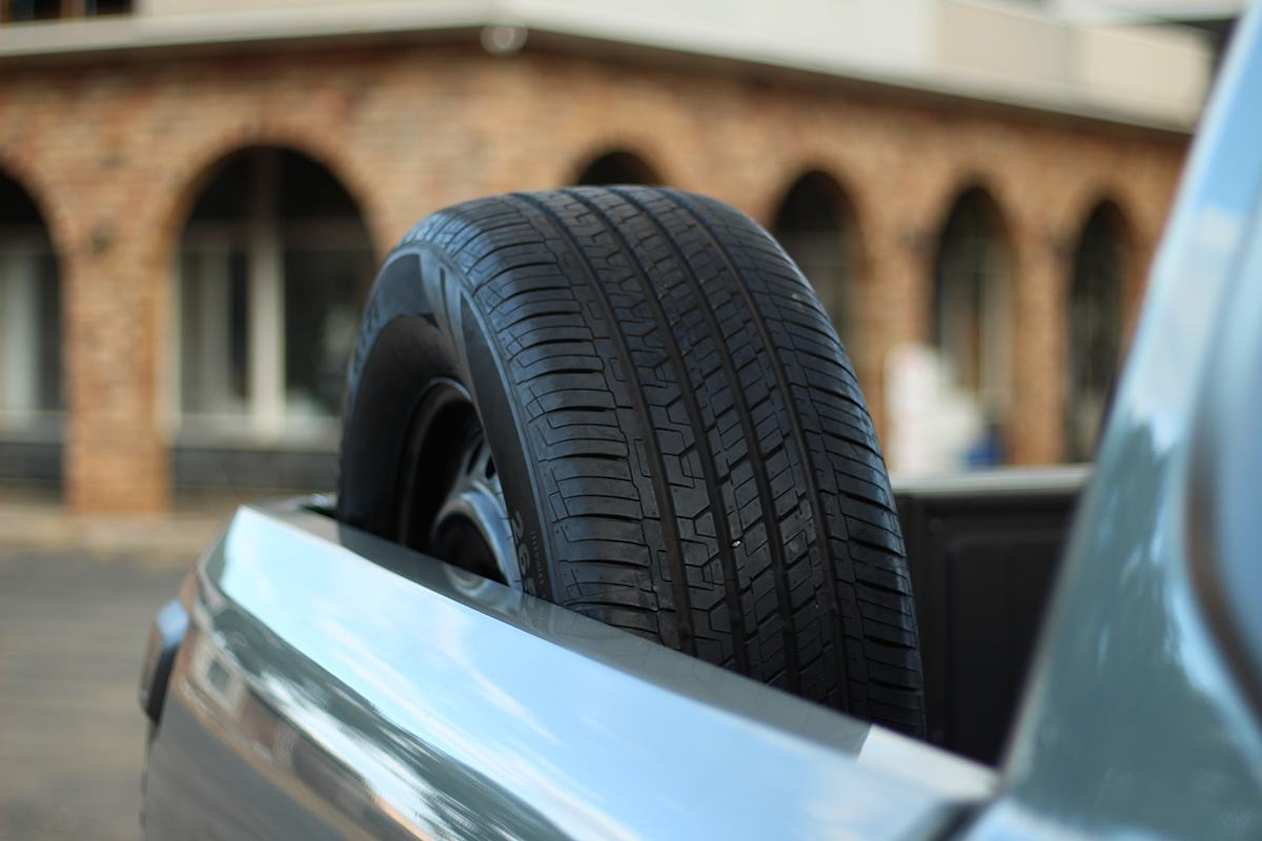



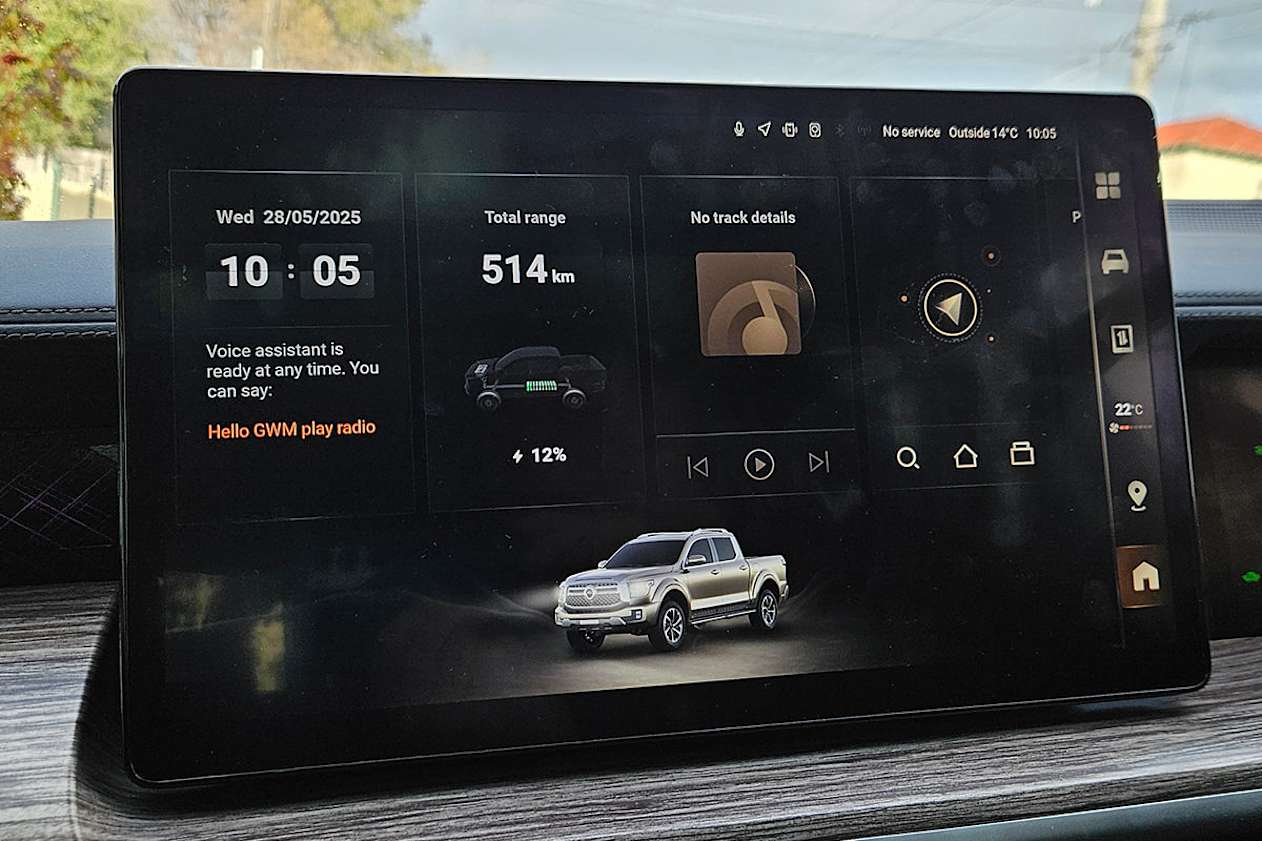
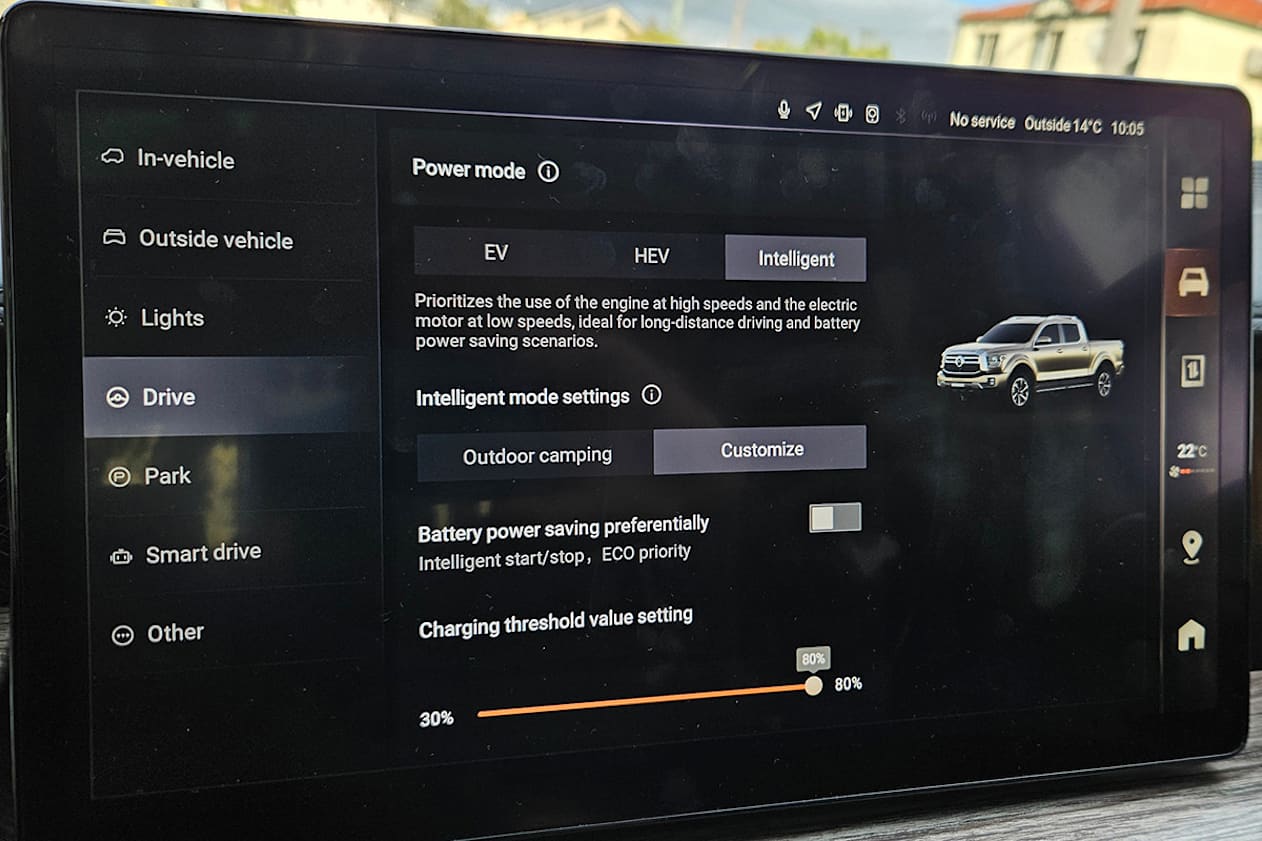
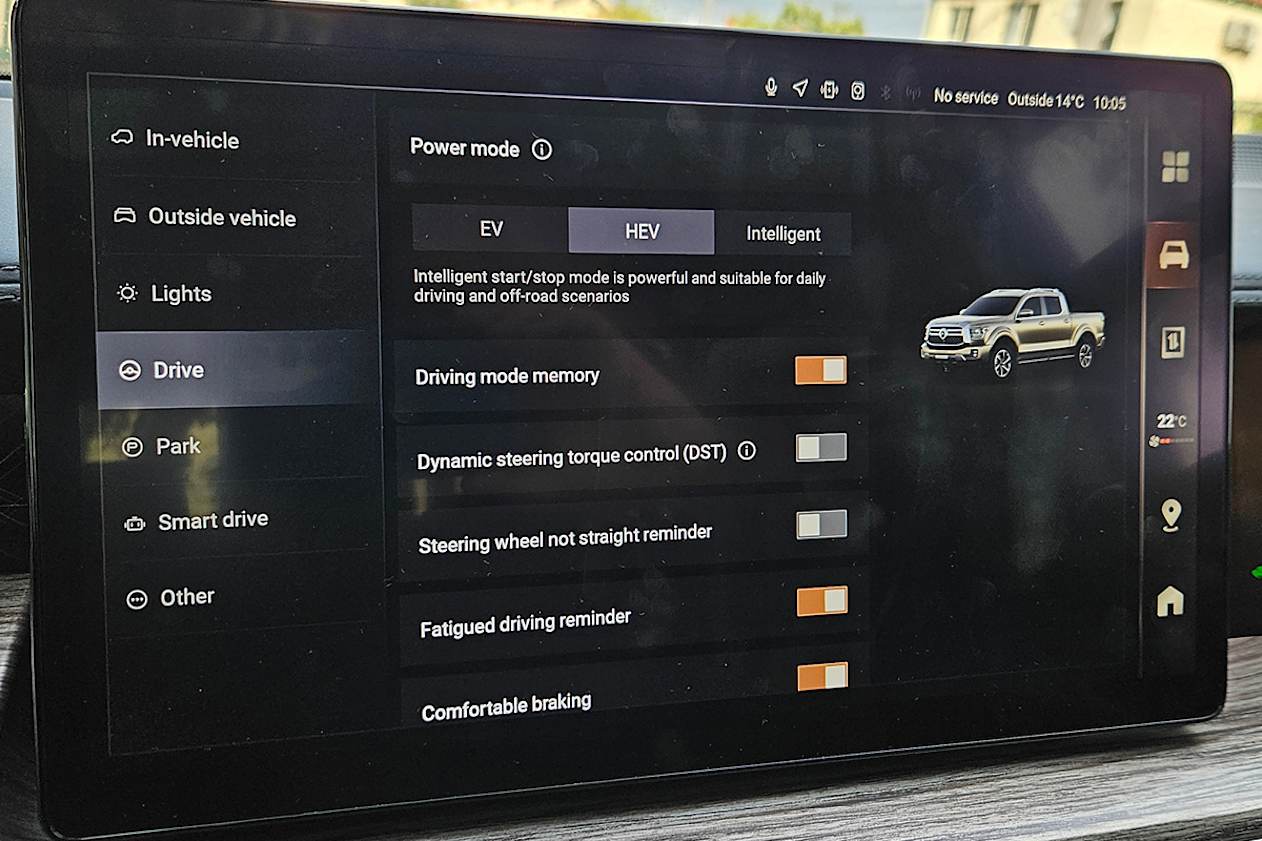
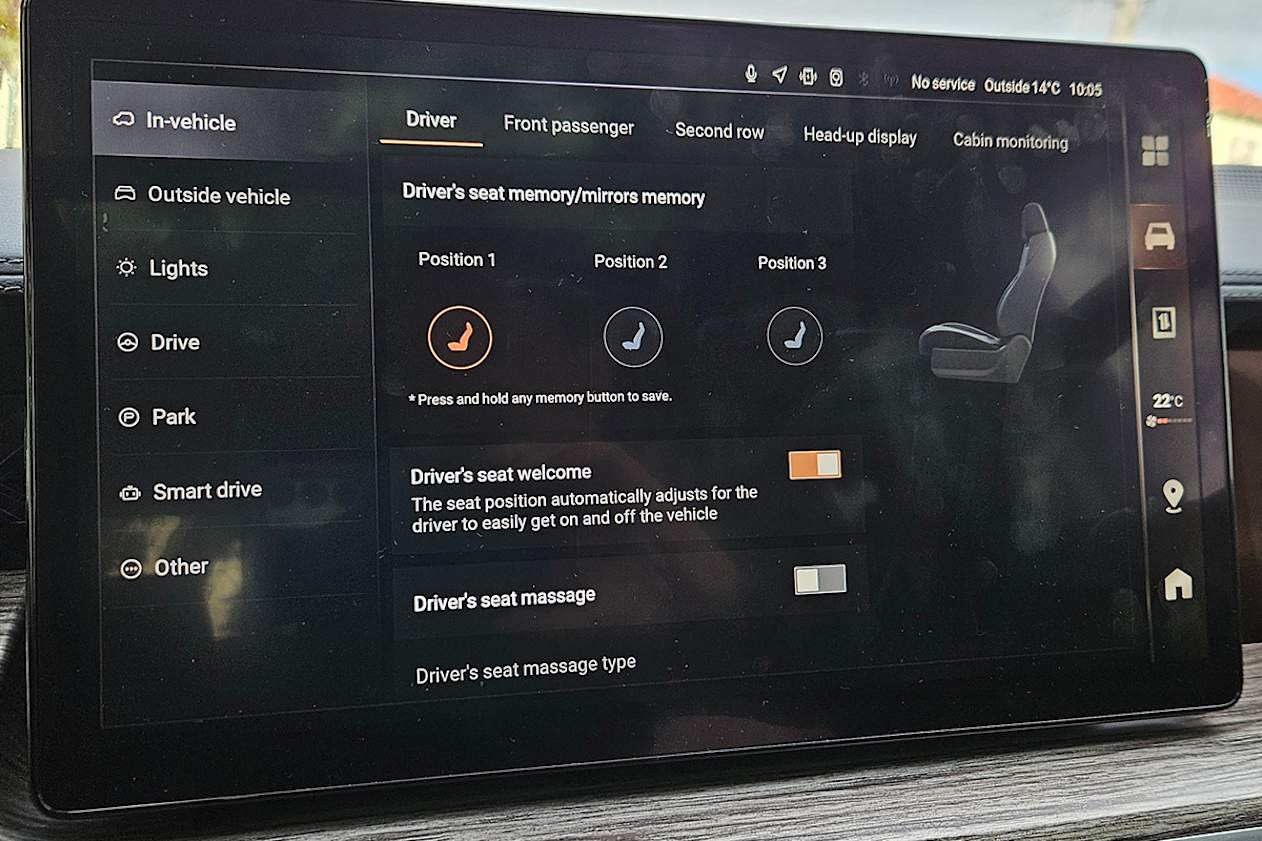




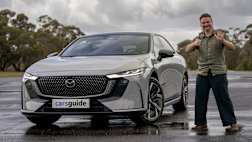
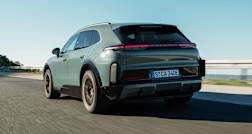
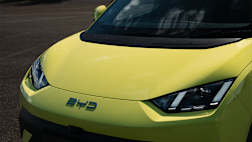



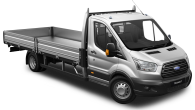
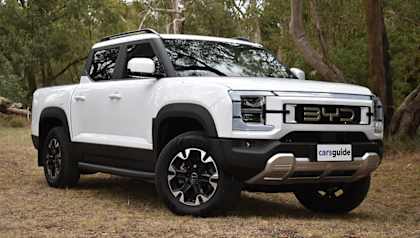
.jpg)
.jpg)